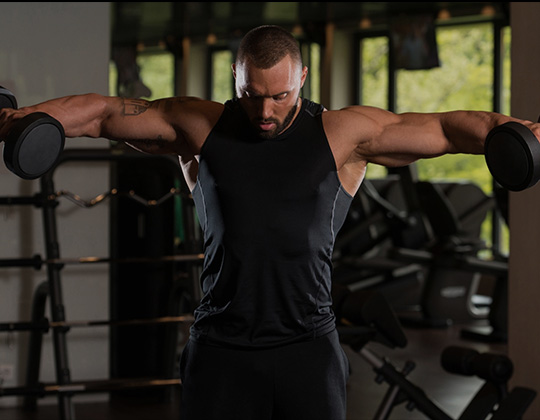
Instructions:
Key Points & Tips:
Benefits:
Muscle Action & Joint Action:
Concentric (Pressing Up):
○ Shoulder: Flexion
○ Elbow: Extension
Eccentric (Lowering Down):
○ Shoulder: Extension
○ Elbow: Flexion
Form Focus:

Exercise: Front Press (Barbell)
Type: Compound Exercise
Primary Muscles Targeted: Deltoid Muscles (Emphasis on Anterior Deltoid)
Secondary Muscles Targeted: Triceps Brachii, Upper Pectoralis Major (Upper Chest), Trapezius Equipment: Barbell
Level: Beginner to Advanced
Muscle Roles:
Instructions:
Key Points & Tips:
Benefits:
Muscle Action & Joint Action:
Concentric (Pressing Up):
○ Shoulder: Flexion
○ Elbow: Extension
Eccentric (Lowering Down):
○ Shoulder: Extension
○ Elbow: Flexion
Form Focus:

Exercise: Behind-the-Head Press (Barbell)
Type: Compound Exercise
Primary Muscles Targeted: Deltoid Muscles (Emphasis on Anterior and Lateral Deltoids) Secondary Muscles Targeted: Triceps Brachii, Upper Trapezius
Equipment: Barbell
Level: Intermediate to Advanced
Muscle Roles:
Instructions:
Key Points & Tips:
Benefits:
Muscle Action & Joint Action:
Concentric (Pressing Up):
○ Shoulder: Horizontal Adduction
○ Elbow: Extension
Eccentric (Lowering Down):
○ Shoulder: Horizontal Abduction
○ Elbow: Flexion
Form Focus:

Exercise: Alternating Dumbbell Press
Type: Compound Exercise
Primary Muscles Targeted: Pectoralis Major (Chest)
Secondary Muscles Targeted: Anterior Deltoids (Front Delts), Triceps Brachii Equipment: Dumbbells, Flat Bench
Level: Beginner to Advanced
Muscle Roles:
Instructions:
Key Points & Tips:
Benefits:
Muscle Action & Joint Action:
Concentric (Lifting):
○ Shoulder: Abduction
Eccentric (Lowering):
○ Shoulder: Adduction
Form Focus:

Exercise: Lateral Raise (Dumbbells)
Type: Isolation Exercise
Primary Muscles Targeted: Lateral Deltoids (Side Delts)
Secondary Muscles Targeted: Supraspinatus, Upper Trapezius
Equipment: Dumbbells
Level: Beginner to Intermediate
Muscle Roles:
Instructions:
Key Points & Tips:
Benefits:
Muscle Action & Joint Action:
Concentric (Lifting):
○ Shoulder: Flexion
Eccentric (Lowering):
○ Shoulder: Extension
Form Focus:

Exercise: Front Raise (Dumbbells)
Type: Isolation Exercise
Primary Muscles Targeted: Anterior Deltoids (Front Delts)
Secondary Muscles Targeted: Pectoralis Major (Upper Chest), Serratus Anterior Equipment: Dumbbells
Level: Beginner to Intermediate
Muscle Roles:
Instructions:
Key Points & Tips:
Benefits:
Muscle Action & Joint Action:
Concentric (Lifting):
○ Shoulder: Horizontal Abduction
Eccentric (Lowering):
○ Shoulder: Horizontal Adduction
Form Focus:

Exercise: Bent-Over Lateral Raise (Dumbbells)
Type: Isolation Exercise
Primary Muscles Targeted: Posterior Deltoids (Rear Delts)
Secondary Muscles Targeted: Rhomboids, Trapezius (Middle and Lower), Infraspinatus Equipment: Dumbbells
Level: Beginner to Intermediate
Muscle Roles:
Instructions:
Key Points & Tips:
Benefits:
Muscle Action & Joint Action:
Concentric (Lifting):
○ Shoulder: Abduction
○ Scapula: Elevation
Eccentric (Lowering):
○ Shoulder: Adduction
○ Scapula: Depression
Form Focus:

Exercise: Upright Rows (Barbell)
Type: Compound Exercise
Primary Muscles Targeted: Deltoids (Primarily the Lateral Deltoid)
Secondary Muscles Targeted: Trapezius (Upper and Middle), Biceps Brachii
Equipment: Barbell
Level: Beginner to Intermediate
Muscle Roles:
Instructions:
Key Points & Tips:
Benefits:
Muscle Action & Joint Action:
Concentric (Lifting):
○ Shoulder: Abduction
○ Scapula: Elevation
Eccentric (Lowering):
○ Shoulder: Adduction
○ Scapula: Depression
Form Focus:

Exercise: Upright Rows (Dumbbells)
Type: Compound Exercise
Primary Muscles Targeted: Deltoids (Primarily the Lateral Deltoid)
Secondary Muscles Targeted: Trapezius (Upper and Middle), Biceps Brachii
Equipment: Dumbbells
Level: Beginner to Intermediate
Muscle Roles:
Instructions:
Key Points & Tips:
Benefits:
Muscle Action & Joint Action:
Concentric (Lifting):
Eccentric (Lowering):
Form Focus:

Exercise: Dumbbell Shrugs
Type: Isolation Exercise
Primary Muscles Targeted: Upper Trapezius
Secondary Muscles Targeted: Levator Scapulae, Rhomboids
Equipment: Dumbbells
Level: Beginner
Muscle Roles:
Instructions:
○ Stand with your feet shoulder-width apart and a barbell on the ground in front of you. ○ Bend at the hips and knees to grasp the barbell with a pronated grip (palms facing you), slightly wider than shoulder-width.
○ Keep your back straight, chest lifted, and core engaged.
○ Lift the barbell off the ground by extending your hips and knees, keeping it close to your body.
○ As the barbell reaches hip level, explosively shrug your shoulders and pull the bar upward.
○ Transition into a front rack position by rotating your elbows under the barbell and catching it on your shoulders.
○ From the front rack position, engage your core and press the barbell overhead by extending your arms fully.
○ Lower the barbell back to your shoulders under control.
○ Reverse the clean motion to lower the barbell to the ground.
○ Repeat for the desired number of repetitions.
Key Points & Tips:
Benefits:
Muscle Action & Joint Action:
Clean Phase (Concentric):
○ Hips: Extension
○ Knees: Extension
○ Scapulothoracic: Elevation
Press Phase (Concentric):
○ Shoulders: Flexion
○ Elbows: Extension
Lowering Phase (Eccentric):
○ Hips: Flexion
○ Knees: Flexion
○ Scapulothoracic: Depression
○ Shoulders: Extension
○ Elbows: Flexion
Form Focus:

Exercise: Clean and Press
Type: Compound Exercise
Primary Muscles Targeted:
Secondary Muscles Targeted:
Equipment: Barbell
Level: Intermediate to Advanced
Muscle Roles: